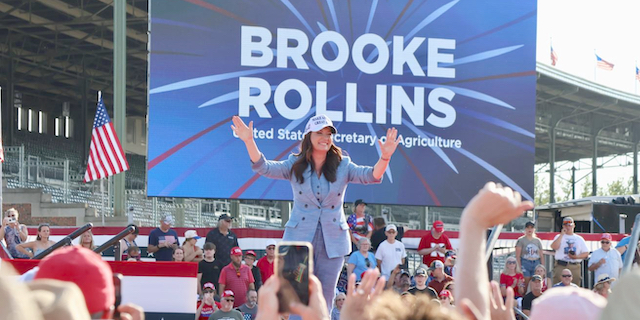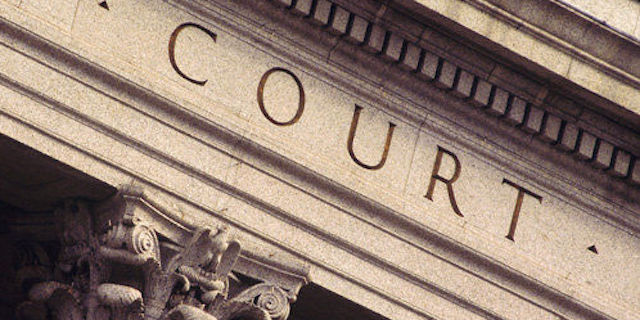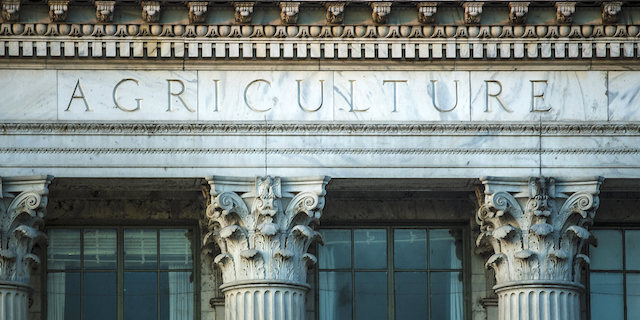Virtual fencing: Researchers evaluate opportunities, challenges
Published 8:15 am Wednesday, February 15, 2023

- Black Angus cattle wear collars linked to a virtual fencing system.
BOISE — Researchers are exploring the pros and cons of containing cattle with virtual fencing.
Trending
During a panel session at the Society for Rangeland Management’s annual meeting in Boise, researchers talked about the challenges and opportunities.
What is virtual fencing?
Virtual fencing involves putting collars on livestock. The collars communicate with reception towers and GPS networks to form a virtual fence, the boundaries of which the rancher sets. If a cow tries to leave the “fenced” area, its collar gives a warning sound, such as a beep. If the cow leaves the boundary, it gets zapped with a mild electric shock.
Benefits
Trending
Researchers say virtual fencing can help ranchers better manage the timing, duration and distribution of grazing animals on the landscape while reducing labor and material costs associated with physical fencing.
“In four hours, I can build an entire season worth of fencing on the computer,” said one rancher. “…(It’s) a heck of a lot more fun than one person driving around in a pickup all day to repair fences.”
Reducing wildfire risk
Rory O’Connor, a rangeland ecologist with USDA’s Agricultural Research Service with a courtesy appointment at Oregon State University, has worked on studies with other researchers showing that virtual fencing is a potential tool to create fuel breaks and manage fine fuels.
Challenges
U.S. Bureau of Land Management officials say challenges associated with virtual fencing include collars falling off and cell service base stations “going down” temporarily.
Ranchers who have used the technology say they would like an improved interface, better collars and more tracking features.
‘Jailbreak’
O’Connor, of USDA-ARS, said he and fellow researchers have studied how well cattle respect virtual boundaries versus trying to “make a jailbreak.”
His team found it took about four weeks before animals wanted to leave a virtually fenced area.
Most cows respected the boundaries, but a few ornery “problem” animals consistently left.
Five collars fell off, and one collar malfunctioned, not sending cues to the cow.
Dry cows were more likely to wander outside the boundaries than mother cows with calves.
Ultimately, O’Connor said, virtual fencing is “not an iron gate” but a tool to manage cattle.
Jameson Brennan, assistant professor and extension livestock grazing specialist at South Dakota State University, has also studied containment rates.
In 2021 and 2022 studies, Brennan’s team found that cows’ likelihood of staying within virtual boundaries was influenced by the stocking rate and pasture conditions. Cattle were more likely to leave heavily stocked or dried ranges in search of greener pastures.
Animal welfare
Ryan Reuter, a professor in Oklahoma State University’s Department of Animal and Food Sciences, has studied cortisol concentrations from hair samples and feces, which indicate cows’ stress levels. The goal was to determine if animals contained in a virtual fence experienced more stress due to being electrically shocked.
“We concluded that virtual fence is not different (from) physical fence in the amount of stress that it applies to beef cattle in our kind of grazing system,” said Reuter.







